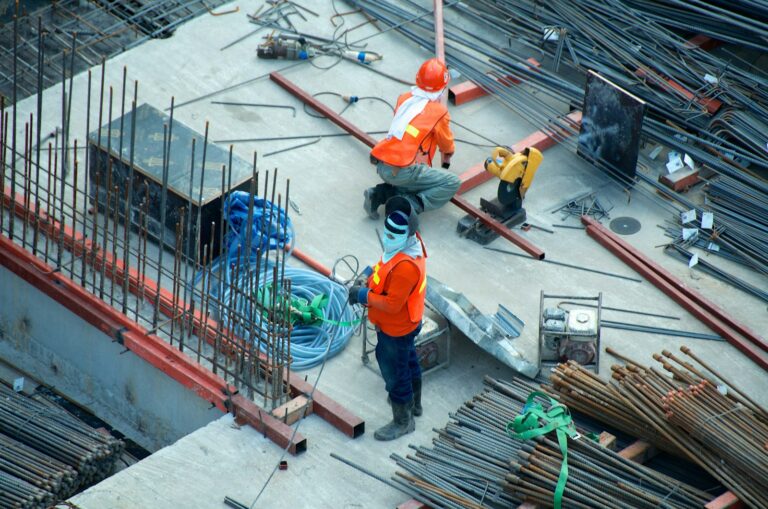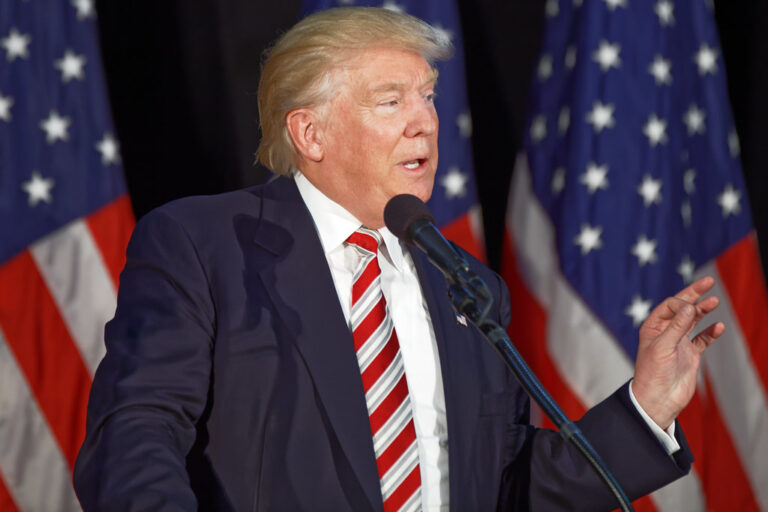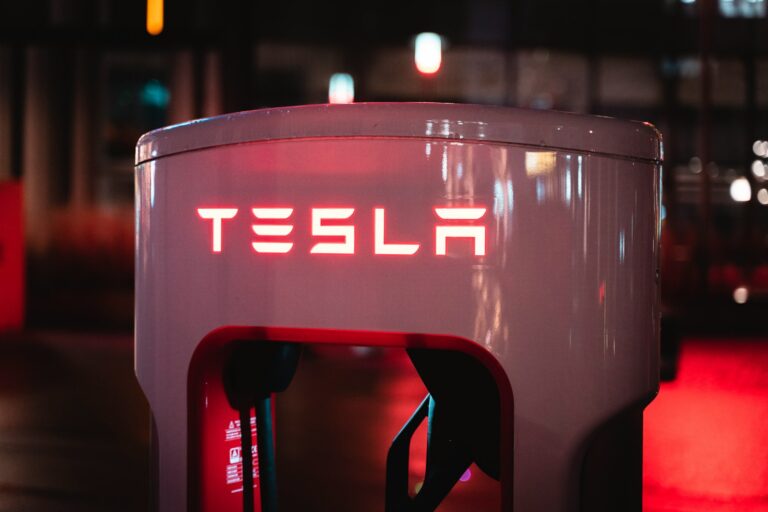Key Takeaways
- Hundreds of thousands of federal workers are suddenly unemployed.
- Their job search is happening at a time when government hiring is slowing down.
- Experts say this economic slowdown isn’t as big a deal as it seems.
- Finding a new job might be harder for those used to government work.
A Government Shake-Up Creates Unemployment
Think about your parents’ jobs or jobs your relatives have. Maybe they work for the government? Well, recently, the government itself had a major shake-up. It let go of a lot of people. These people are now looking for new jobs. But here’s the tricky part: the government, and other big companies, aren’t hiring as much as they used to. So, finding a new job might be harder for these workers than they expected.
This situation is making many people nervous. It feels like a problem because so many government workers lost their jobs at the same time that opportunities weren’t appearing. Let’s break down what’s happening.
The Government Efficiency Plan
The person in charge of this big government change is Elon Musk. He runs SpaceX and Tesla. His idea is called the Department of Government Efficiency. This department suggested which government jobs could be cut and which people should lose their positions.
Imagine the government hired thousands and thousands of people to do different jobs. This plan, or recommendation, suggested letting many of them go. The idea is that some jobs aren’t needed or can be done differently. But this means hundreds of thousands of people are now without a government job and need to find something else.
These workers might be engineers, accountants, clerks, IT specialists, or people doing all sorts of tasks to keep the country running. They suddenly have to look for a different path.
A Slowdown in Hiring
While government workers are getting laid off, other parts of the economy aren’t hiring either. Think about big companies like Amazon, Walmart, or even local businesses. Many of these are deciding to hire less people right now.
Why is that? Well, it’s partly because businesses are worried about the future. They don’t know if the economy is growing or staying the same. So, they’re being careful with their money. This means fewer new job openings everywhere.
It’s like a slow day everywhere. Restaurants don’t need new cooks because they’re serving fewer customers. Car dealerships aren’t hiring salespeople because people aren’t buying cars as much. This slowdown affects almost everything, even though not everyone is losing their job.
Experts Think It’s Not the Worst
It sounds like a terrible situation for the people losing their jobs. But the smart people who study numbers (called economists) say maybe it’s not as bad as it first seems. They don’t think this slowdown is a huge disaster. They believe it’s just a normal, slow-down period.
Think about it. The economy has ups and downs, right? Sometimes businesses hire lots of people because things are booming. Other times, like now, they need to be careful and hire less. This is part of the normal rhythm of the economy.
So, even though it’s tough for people who just got laid off, the overall picture isn’t a total meltdown. The economy hasn’t completely stopped. People are still finding jobs, though it might take longer than usual. Businesses are keeping the lights on, just using fewer new people.
The Timing is Terrible for Laid-Off Workers
The bad news is that these government workers are losing their jobs at the exact moment the economy is slowing down. It’s like the economy decided to put on winter coat and boots just as someone needs to go outside to shovels the snow. One part of it is tough, makes it harder to adjust.
Finding a new job takes time. You have to look for the right openings, fill out applications, go to interviews. That process isn’t any faster now than it was before. Plus, people losing good government jobs might worry about finding jobs that pay as well or offer the same benefits.
Moreover, the government might be taking longer to fill its own openings because they also have budget concerns. So, even if a laid-off worker wants to work for the government, the door might be harder to open.
This creates a real challenge for these thousands of people suddenly searching for work in what feels like a slower, colder world.
What This Means for Workers
For the federal employees out looking for jobs right now, they might need to be patient. They need to look in many places, not just government jobs. That means looking at jobs in the private sector – companies that aren’t government-owned.
This could mean jobs in technology, healthcare, retail, construction, or transportation. Finding a job that matches their skills and experience will be key.
But finding a job in the current environment might take longer than expected. You might need to look at jobs in different locations. Perhaps you can consider roles that don’t need as much experience if you have transferable skills from your government work.
Networking becomes even more important. Let former colleagues and people you know know you’re looking. Sometimes, jobs open up before they are even widely advertised. It requires persistence but is often the quickest way to find opportunities.
The Future Isn’t Clear Yet
No one really knows for sure how much longer this slowdown will last. Economists look at different signs and make their best guess. But things can change quickly.
Businesses are watching things like how much people are spending money, whether factories are running at full speed, and how confident people feel about their own jobs. If people feel confident, they spend money, and businesses might hire more. If people worry, they spend less, and businesses hire less.
The government job cuts add another layer to this uncertainty. Will this make the slowdown worse? Or will the government start hiring again soon? Nobody knows.
But what we know for sure is that right now, thousands of government workers are searching for new opportunities, and the path might be bumpier than usual.
Finding Your Footing Again
Losing a job, especially a secure one like federal government work, is a major setback. It can be stressful and uncertain.
For those affected, the best approach is to stay positive and keep looking. Update your resume, practice interview skills, learn about new industries or job types you might consider.
Remember that your skills, experience, and work ethic are valuable. Many employers appreciate workers who are reliable, trained, and understand important processes – skills often learned in government roles.
It might take time, maybe more time than you hoped. Be patient with yourself. Look for smaller companies or different types of roles where your skills could fit.
This situation affects many people across the country. While challenging, it’s also a time to show resilience and adaptability. Many will successfully find new jobs and build fulfilling careers elsewhere. Good luck to all the government workers searching for their next opportunity.









